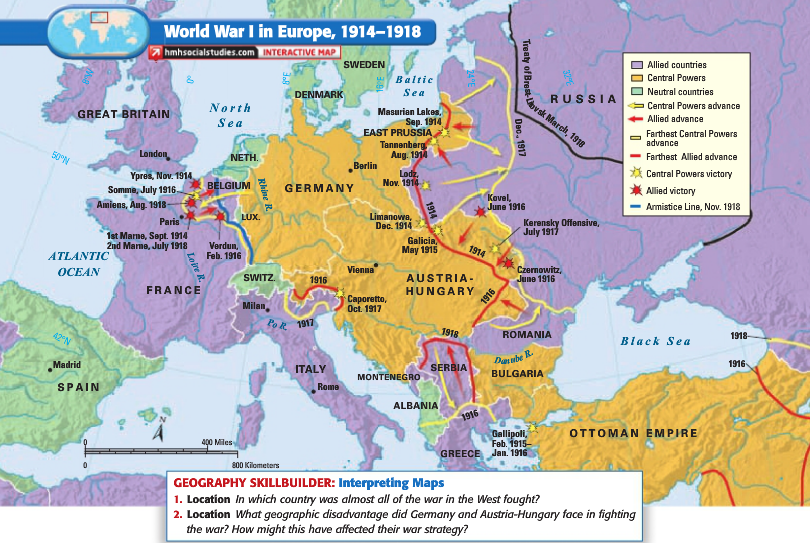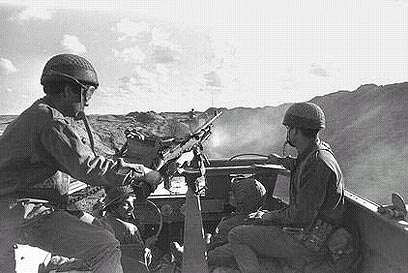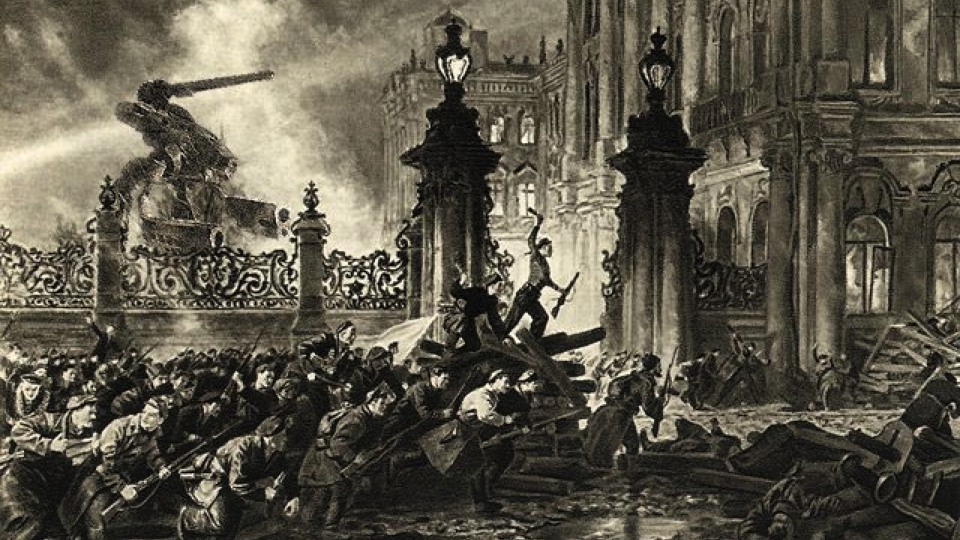Social Sciences



To exhaust-agotar
- 16 Th April 2015 ( Thursday)
Hello I am José Luis and this is my journal: Today the class started at third period. Today was the make up exam , this exam has been taken by Gustavo , José and Lucía. I think thtat all are going to pass the exam. During the class the...
- Thursday, April 9, 2015
Hi classmates! Today in the class of Social Sciences we have started a new unit, unit 7: THE FIRST WORLD WAR AND THE RUSSIAN REVOLUTIONS. To start the unit, Paqui has written the index of the unit on the blackboard and then, we have copied it. The index...
- Jobs @ North Bengal University
http://www.nbu.ac.in/recruit.html Applications are invited form the Indian citizens in the prescribed format within 19th February, 2014 for engagement to the following positions in the Centre for Women’s Studies purely on contractual basis...
- Realising Change: Vacancy: Intern (phd) At Unep, Nairobi
Realising CHANGE: Vacancy: Intern (PhD) at UNEP, Nairobi: Location : Nairobi, Kenya Languages Required : English Starting Date : ...
- Macarthur Foundation Housing Research Proposals
Today, The MacArthur Foundation issued a request for housing research proposals as part of its How Housing Matters to Families and Communitiesprogram, a five-year, $25 million research initiative to deepen the literature on the effect...
Social Sciences
Monday, 27th of April
Hello everybody! I 'm Clara Inés and this is my third journal of the year.
Today in Social Sciences we have done a lot of things.
Today in Social Sciences we have done a lot of things.
At first Paqui has come to our class later because she has been with the 3rd ESO students visiting a beer factory.
Then we started the lesson, but at first all the people have started to ask Paqui about the projects that we made and then Victor has come to class. After all these interruptions we have finally started with the scheme of the different stages of World War 1.
In the 1st stage: War of movement (1914): the armies moved towards the enemy. Fight developed in two fronts. In the Western front the Germans attacked France through Luxembourg and Belgium (Schlieffen Plan, to take Paris: the Germans planned a short fight against France to focus in the Eastern front against Russia. This failed and they had to fight almost alone in two fronts). After the battle of Marne, the French stopped the German advance. In the Eastern Front the Russians advanced through Eastern Prussia and Galitzia. The Germans stopped them after the Battles of the Masurian Lakes and Tannenberg.
At the end of 1914 Japan joined the Triple Entente and the Ottoman Empire joined the Central Powers. The Japanese occupied Tsingtao and they didn't do much more during the rest of the war.
Then we started the lesson, but at first all the people have started to ask Paqui about the projects that we made and then Victor has come to class. After all these interruptions we have finally started with the scheme of the different stages of World War 1.
In the 1st stage: War of movement (1914): the armies moved towards the enemy. Fight developed in two fronts. In the Western front the Germans attacked France through Luxembourg and Belgium (Schlieffen Plan, to take Paris: the Germans planned a short fight against France to focus in the Eastern front against Russia. This failed and they had to fight almost alone in two fronts). After the battle of Marne, the French stopped the German advance. In the Eastern Front the Russians advanced through Eastern Prussia and Galitzia. The Germans stopped them after the Battles of the Masurian Lakes and Tannenberg.
At the end of 1914 Japan joined the Triple Entente and the Ottoman Empire joined the Central Powers. The Japanese occupied Tsingtao and they didn't do much more during the rest of the war.

Source: http://historoda.com/2013/04/13/wwi-europe-plunges-into-war/
In the 2nd stage: War of attrition (1915-1916):The war fronts stabilized and didn't move since the end of 1914. Soldiers dug kilometres of trenches and tried to keep their positions. Bulgaria joined the Central Powers and Italy and Romania the Triple Entente. In the Western front the Germansattacked in Verdun and the French reacted at the Somme. The front didn't move, but there were around two million victims. In the Eastern front a big German offensive to the East took place and Russians had to retire back.
A third front opened in the Balkans: the Central Powers occupied Serbia and Romania. The British attacked the Ottoman Empire from Egypt and occupied Palestine, but they were defeated at Gallipoli.
Also Paqui has done a scheme on the blackboard to explain all this.
A third front opened in the Balkans: the Central Powers occupied Serbia and Romania. The British attacked the Ottoman Empire from Egypt and occupied Palestine, but they were defeated at Gallipoli.
Also Paqui has done a scheme on the blackboard to explain all this.

Source: http://www.ynetnews.com/articles/0,7340,L-3611617,00.html
In the 3rd stage: crisis of 1917: There were internal problems in all the belligerent countries: soldiers' mutinies in all fronts, nationalist protests in the Austro-Hungarian Empire, Easter Rising in Ireland and a revolution in Russia: the Bolsheviks took power in October 1917 and decided to sign an agreement with the Germans to take Russia out of the war Brest-Litovsk Treaty

Source:http://io9.com/5960510/thousands-of-australian-students-are-taught-that-robots- led-the-russian-revolution
We have also added some new words to our glossary:
To exhaust-agotar
Slaughter ? carnicería
To instill- inocular, inculcar
To withdraw- retirarse
Rising ? levantamiento
Easter Rising ? levantamiento de Pascua
Finally the bell has rung, and we couldn?t finish with the 4th stage, but we will finish that the next day. And we have gone to another class.
And a video for review all that we learned.
Bye!!
- 16 Th April 2015 ( Thursday)
Hello I am José Luis and this is my journal: Today the class started at third period. Today was the make up exam , this exam has been taken by Gustavo , José and Lucía. I think thtat all are going to pass the exam. During the class the...
- Thursday, April 9, 2015
Hi classmates! Today in the class of Social Sciences we have started a new unit, unit 7: THE FIRST WORLD WAR AND THE RUSSIAN REVOLUTIONS. To start the unit, Paqui has written the index of the unit on the blackboard and then, we have copied it. The index...
- Jobs @ North Bengal University
http://www.nbu.ac.in/recruit.html Applications are invited form the Indian citizens in the prescribed format within 19th February, 2014 for engagement to the following positions in the Centre for Women’s Studies purely on contractual basis...
- Realising Change: Vacancy: Intern (phd) At Unep, Nairobi
Realising CHANGE: Vacancy: Intern (PhD) at UNEP, Nairobi: Location : Nairobi, Kenya Languages Required : English Starting Date : ...
- Macarthur Foundation Housing Research Proposals
Today, The MacArthur Foundation issued a request for housing research proposals as part of its How Housing Matters to Families and Communitiesprogram, a five-year, $25 million research initiative to deepen the literature on the effect...
